Unifying Team Goals:
A Shared Purpose and the Road to Success
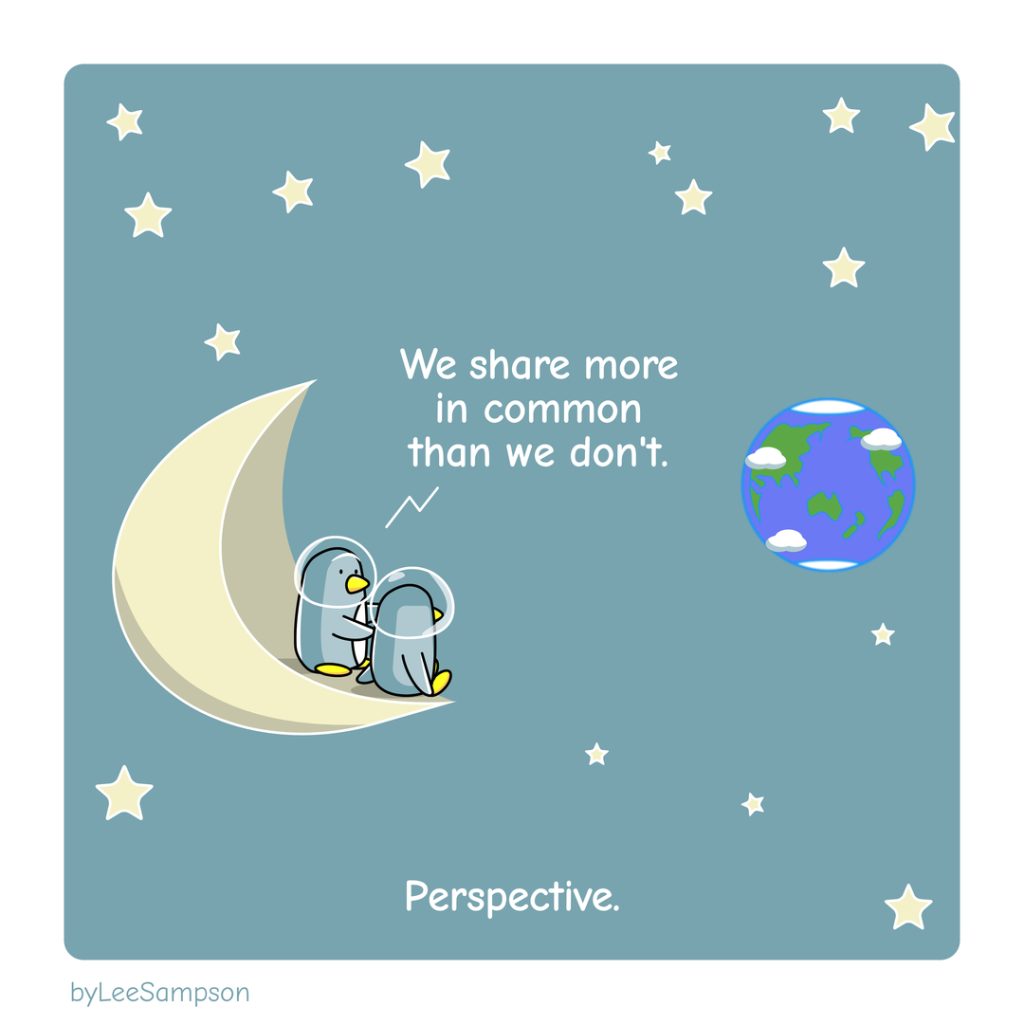
Last week, we explored the importance of empathy, the first cog in my leadership wheel, which I discuss in my book, “The Illustrated Guide to Leadership Soft Skills”. Now, we’re moving onto the next facet of that wheel; unifying team goals.
This series explores the core principles of leadership soft skills and the ways we can all work better together based on what I have learned over the last 20 years as a leader. I’ve come to the understanding that leadership isn’t just about strategy or hitting targets, it’s about creating environments where people feel valued and understood.
"Unifying Team Goals: More Than Just a Task"

“A team that wins together grins together”.
This highlights that teamwork and shared goals are a source of success, happiness, and positivity for your team. In a world where we are all unique, don’t underestimate the relief of feeling connected and not alone.
Good leadership focuses on uniting us with a shared purpose.
One of the best ways to do that is to bring a team together with a common unifying goal that adds purpose to working together. When this is done well the bonds between individuals strengthen. This connection can elevate work from tasks that need completing to ‘feel’ like you are adding to and part of something bigger that matters.
Tapping into the strength of teamwork and community makes the sum stronger than the individual parts and in return offers another level of support for each other on top of the support from the manager. And it just feels good.
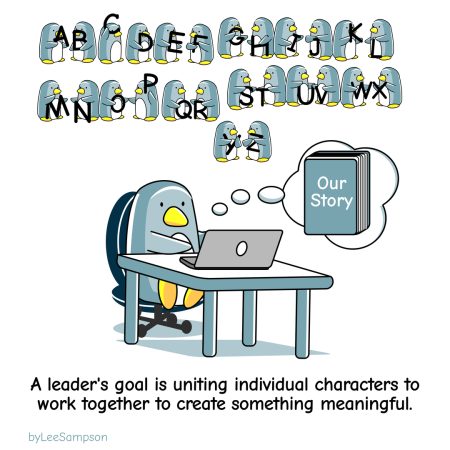
Much like the characters of an alphabet are individual and unique, true magic occurs when combined with a shared wider goal. When you can get the majority of people moving in unison in the ideal direction, the majority of the results will follow.
Where to Start?
- Focus on a short-term team goal first, (not individual output) to gain the momentum for longer-term ones:
- Use succinct easy-to-follow visual management that tracks the team’s results
- Choose a location where you can meet as a group while sharing what is working well.
- Create a sense of being “in this together”, use phrases like “us” and “we”
- Celebrate team wins as a team.
It is the magic in our communal leanings that offers a strength stronger than any one or two people could ever hope to achieve on their own.
Avoiding "The Wrong Path" to a Team Goal
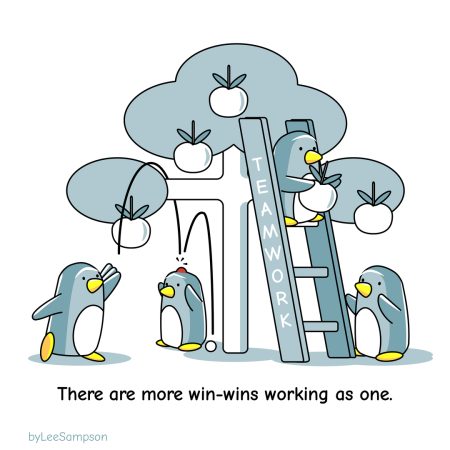
A team shouldn’t feel like a race with their colleagues being competitors. It should feel like a boat that you’re all in together.
Goal-setting sessions on a whiteboard are a good start, but being present to support turning them into reality is equally important.
It can be easy to set a team goal, after which a leader hones in on individuals who add to or detract from the team result. That practice separates a team, rewards and punishes individuals, which can lead to frustration and animosity, and eventually silos which break down a team.
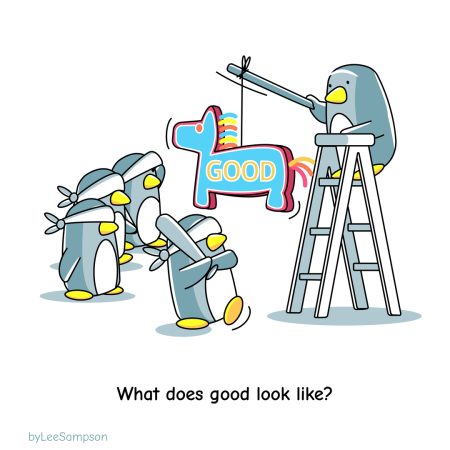
And it’s hard to swing in the right direction if you can’t see what you are aiming for and the target keeps moving.
At a team level, this could lead to enthusiastic chaotic swings in all directions, and even when there is a success, it can’t be replicated.
Without considering the impact of how to get there, a short-term win can turn into a legacy of a long-term loss, requiring remediation and remorse.
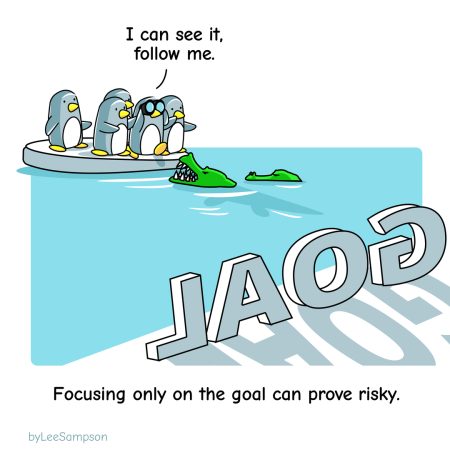
And if we focus solely on a goal, we can lose sight of what is in front of us.
For new leaders, that can be ensuring you create an environment where different views and perspectives get heard, so you can get the full picture (not just what you want to see).
“Perseverance is admirable, but forward at all costs is not necessarily a recipe for success either”.
Leadership can look like wisdom when you get better at being able to tell the difference.
Getting on the Same Page
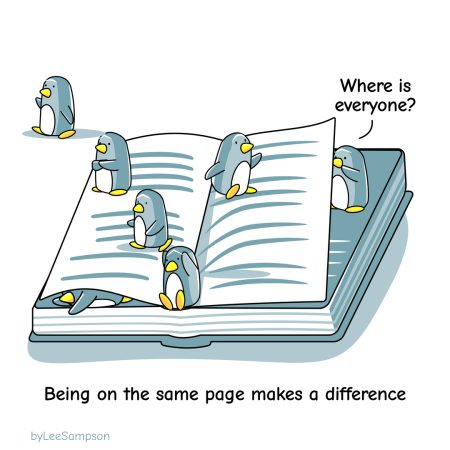
Leading the way by yourself and expecting everyone is following can lead to people getting lost.
Telling someone what to do will pay short-term dividends, giving you a “yes parrot”. Whereas, encouraging people to think about what to do and why, develops value-aligned, problem solvers who consider strategic goals when making decisions.
It’s easy to compare an orchestra’s conductor to leadership, being visible to help guide and create cohesion in a shared endeavour.
Knowing, sharing, and seeing what good looks like will increase the chances of getting there, making it easier to direct energy in the right place, and fuel motivation by involving the positive feedback loop of hitting your goal.
For a team, being on the same page is important. A simple plan on a page, regular communication, balanced with asking questions instead of all the talking, are great ways to check in and remove assumptions.
The Role of Individuals in Team Goals
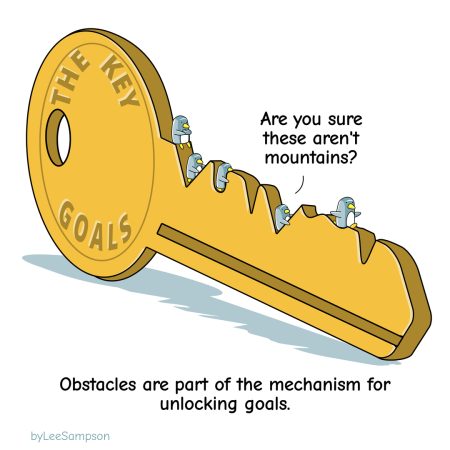
Obstacles are part of the mechanism for unlocking goals.
It might not feel like it as you traverse the highs and lows of the key to your goal, but it is a part of the process like the high and low points on the key are required to unlock the door.
If you are unhappy with an outcome, taking the time to self-examine what you are doing, how long you are spending on ‘doing’ it, and the percentage of your genuine effort you are applying is part of the process.
Bringing that to the table is a big step in changing outcomes.
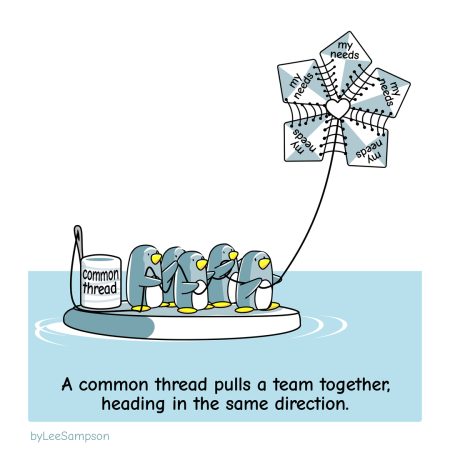
Conclusion
Unifying team goals is more than just getting a group of people to move in the same direction, it is also about creating a sense of shared purpose and belonging.
Your role as a leader involves helping the team see the direction, but also ensuring they are working together towards that goal.
As I continue this 20-week series, exploring all aspects of the “Leadership Wheel”, I hope you will join me on this journey! I encourage you to consider how you can implement these ideas into your leadership style, and take the time to create a sense of unity in your teams. You can find my book, “The Illustrated Guide to Leadership Soft Skills” on Amazon or the PDF via PayHip where you will find these ideas and more an

About the Author:
Author and Illustrator Lee Sampson uses a people-centric approach and creative vision to make leadership development accessible and enjoyable.
Inspired to illustrate over 1,000 Penguin cartoons on LinkedIn, Lee believes that we all have the potential to change our world for the better, by starting from the inside out.
This article has been created using insights from my book, “The Illustrated Guide to Leadership Soft Skills”. I have used my own expertise combined with the capabilities of Google AI Studio. which has helped me to polish my thoughts, improve readability and structure the content.